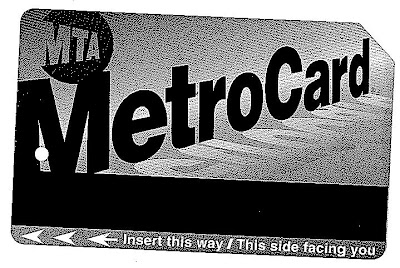So, today at the City of Abbotsford Council the Inter Regional Transportation Select Committee presented its interim report. We’ve blogged extensively about
this report and
the meetings, and both Joe and I have attended the Committee as members. (Search "Inter Regional Transportation Select Committee" on this blog.) Abbotsford Council will be voting tonight to accept the recommendations of this report. I’ll post the results later tonight or first thing tomorrow. In the meantime, here is the report.
----
INTER REGIONAL TRANSPORTATION SELECT COMMITTEE
INTERIM REPORT
PREAMBLE:
Key Considerations or Assumptions:
1. The Livability Accord (Langley, Abbotsford, Surrey and Coquitlam) projects that 65% of the growth in the Lower Mainland in the next 10 years will be accommodated in these 4 communities;
2. Key investments and planning strategies are required in public transit both in and between these communities in order to progress from car dependent communities to more sustainable forms of transportation;
3. Investment in transit will pay for itself by encouraging the higher density called for by Abbotsford’s OCP as the City seeks to become more sustainable;
4. Local, regional and senior levels of government need to work as partners in the achievement of important shared regional and inter-regional transit objectives;
5. There is growing public support for alternative modes of transportations such as light rail. Indeed, experience elsewhere suggests that rail is the mode of transit most likely to persuade large numbers of the public to abandon their automobiles;
6. It is important to look beyond the current situation and design transit to drive economic and smart urban development in the valley for the future; and
7. Now is the critical time to focus on the “big picture” and to develop a vision for transportation for the future, both within Abbotsford and Inter-regionally.
RECOMMENDATIONS:
Be it resolved that the City of Abbotsford approve in PRINCIPLE the visionary concept presented by the Inter Regional Transportation Select Committee including the following recommendations:
-Protection and development of all transportation corridors associated with the “Horseshoe” concept within Abbotsford (between UFV, the Entertainment and Sports Complex, Historic Downtown, Civic Plaza, South Fraser Way business district and the Abbotsford International Airport) including potential inter-regional transit connections: This would include the McCallum Road and Clearbrook Road / (Whatcom Road) interchanges; and McCallum Road, Marshall Road; South Fraser Way; Mt. Lehman Road and Clearbrook Road.
-Support for the principles regarding regional transit as outlined by the Livability Accord.
-Support for the establishment of a Light Rail Committee to include the Mayors and Councillors of all South Fraser Regions to explore further at grade rail opportunities and in particular, development of a working partnership with the City of Langley, the Township of Langley and the City of Surrey to establish a transportation network supporting the light rail concept.
-Support for and possibly host a potential demonstration project in Abbotsford for light rail in conjunction with the Vancouver 2010 Olympic demonstration project.
DISCUSSION:
Abbotsford is one of the fastest growing communities in B.C. with a strong economy and business focus. We are poised to be leaders in transportation within our community and inter-regionally. The City is home to University of the Fraser Valley, the Abbotsford International Airport and the Abbotsford Regional Hospital and Cancer Centre – all of which require significant transportation improvements in order to fulfill their mandate successfully.
With a common vision, Abbotsford will lead the way for the next 20-30 years working with all levels of government which can no longer ignore the desire of citizens to move throughout the community and region more efficiently and with expanded transit choices.
Can you imagine a common goal for all communities south of the Fraser to coordinate and plan transportation needs well into the future and to contemplate options that provide for a sustainable and economically viable transportation vision, meeting environmental, educational and social needs?
CONCLUSION:
All levels of government need to work together with the communities south of the Fraser to provide support and funding for the most economically sustainable mode of transportation for the future. It is important to note that the light rail transit is considerably cheaper than for a Skytrain concept.
A COMMON VISION – A COMMON FOCUS
Working with City Staff, this plan is achievable in incremental stages. Embracing the concept is absolutely essential and the time is now!
GET ON BOARD - DON’T BE LEFT BEHIND - LEAD THE WAY
_____________________________
Councillor Lynne Harris
On behalf of the Inter-Regional Transportation
Select Committee

















